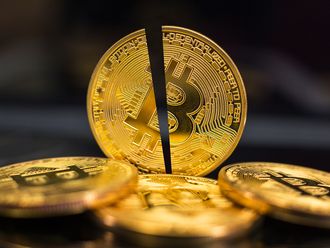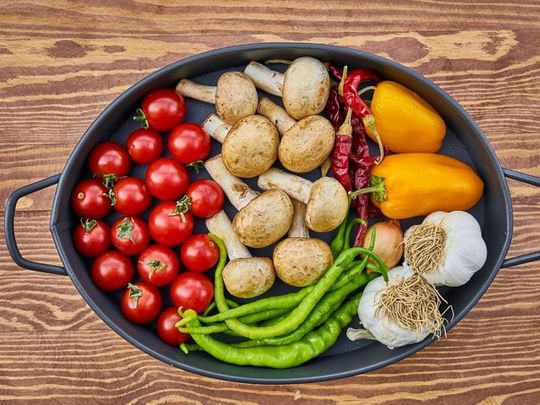
Dubai: When analysing the cost of poultry, seafood, fruits and vegetables, here are a few useful patterns that can assist a shopper in saving money in both the short run and even more so in the longer term.
Which months, weeks are best for grocery discounts?
While the prices do not differ starkly during most months of the year, as the government keeps a lid on costs and prevents any major price spikes from happening – when studying prices over the last ten months, the cost of food items stayed largely in check.
Although we are at the start of summer season, no noticeable changes in prices were observed, due to inflation or otherwise.
Which days are ideal for grocery discounts?
During the course of these months, it was observed to be cost effective to buy fresh chicken during the start of the week, especially most Mondays.
On the other hand the cost of seafood and vegetables were seen to be largely cheaper halfway through the week, and cost effective fruits could be ideally picked up towards the end of the week.
Last month, the Bloomberg Agriculture Spot Index - which tracks key farm products - surged the most in almost nine years, driven by a rally in crop futures. With global food prices already at the highest since mid-2014, this latest jump is being closely watched because staple crops are a ubiquitous influence on grocery shelves - from bread and pizza dough to meat and even soda.
Soaring raw material prices have broad repercussions for households, and threaten a world economy trying to recover from the damage of the coronavirus pandemic. They help fuel food inflation, bringing more pain for families that are already grappling with financial pressure from the loss of jobs or incomes.
Emerging markets, in some cases already under pressure from weaker currencies, are particularly vulnerable because food costs make up a larger share of their spending. For the poorest and often politically unstable countries, the surge in raw materials threatens to further stoke global hunger.
However, as soaring crop prices affect countries across the world, the UAE has been considering price controls on some foods. The move from UAE, which imports 90 per cent of its food and allows its economy ministry to control prices, comes as several other countries worldwide have come under inflationary pressures.
Pick up seafood every Wednesday!
If you were wondering about which part of the week would be ideal to pick up seafood at a lesser-than-usual cost, the answer is still mid-week. A study of prices over the last ten months proved that the cost of fish and shrimp dropped mostly on Wednesdays, while prices were seen higher during the start of the week.
The price of all seafood variants, be it Seabass, Hamour, Kingfish, Salmon, Sea Bream or small-sized shrimp, was seen dropping halfway through the week, over the past 40 weeks. So, that would be good news for those seafood-lovers who were looking for cost effective days to shop!
Moreover, when analysing prices of these fish species, it was also observed that the days prices largely stayed consistantly high was at the start of the week, particularly Monday and sometimes on Sunday - so it would be safe to avoid stocking up on seafood soon after the weekend, to take it easy on your pocket and your finances.
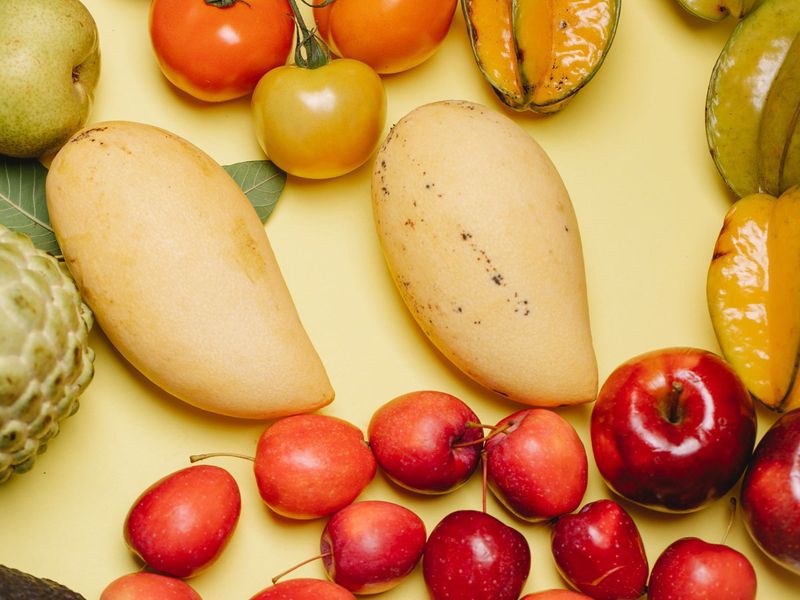
Fruits get more cost-effective on weekends
If you were wondering which day of the week would be best to pick up fruits at a cheaper-than-usual rate, the study of prices over the last ten months also showed that the cost of all fruits got cheaper towards the end of the week, making the weekend an ideal time to go shopping for fruits!
A weekly trend was also observed wherein the price of bananas started getting cheaper around mid-week and the cheapest during the weekend, so did oranges. The per-kilogram cost of lemons stayed largely in check the past few months.
This would be considered good news for those who are looking for cost-effective days to shop for citric fruits! A similar pattern arose when analysing the cost of apples and lime, which fell slightly towards the end of the week and got comparatively pricier at the start of the week, particularly on Sunday and Monday.
For those fruits that fluctuated, namely bananas, oranges and apples, prices were seen higher at the start of the week on Sunday, and it got cheaper towards the end of the week. Again, proving that the weekend is a great time to shop for fruits!
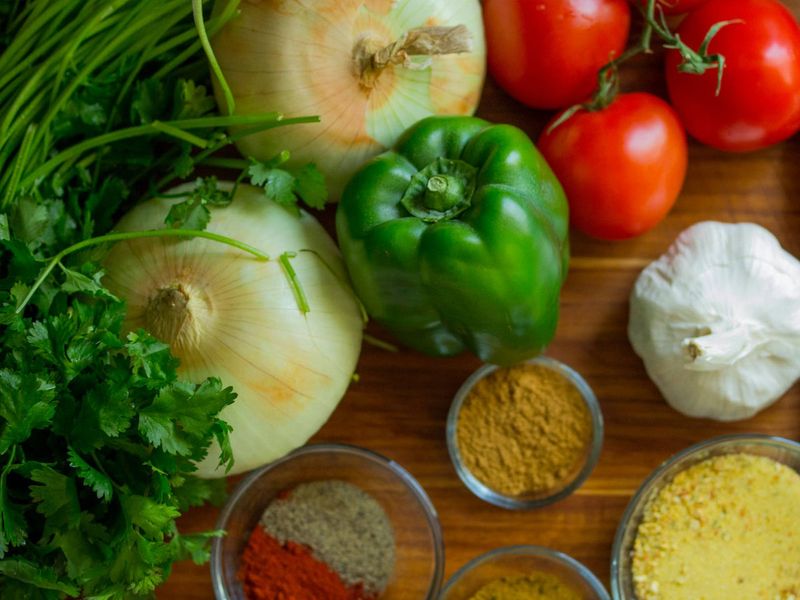
Most veggies get cheap mid-week!
When it comes to vegetables, prices of items like tomatoes, potatoes, cucumbers and lettuce were mostly seen dropping mid-week in the last 40 weeks, or a little over ten months.
The cost of onions, another common household staple, which largely stayed the same all through the past months at around Dh2 per-kilogram, saw prices spiking momentarily before stabilising, which would be received as good news for people looking to plan their grocery costs ahead.
Cost of fresh chicken drops most Mondays
When analysing the cost of poultry, beef and lamb over the past 40 weeks, it was observed to be cost-effective to buy fresh chicken largely during the start of the week, whereas the cost of other poultry items like frozen chicken and eggs stayed the same in the past ten months.
The price of fresh chicken was seen to continue to dip at the start of the week, mostly every Monday - making it an ideal time to buy and stock up on it. However, there were a few instances wherein prices dropped just ahead of the weekend as well.
So, be on a lookout when you go shopping this weekend, keeping in mind that a kilogram of the meat is currently at a fairly pricier price level of Dh13.5.
On the other hand, the price of beef and lamb, be it variants from Australia, India, Pakistan or the UAE, have stayed the same, as has been the trend, and did not witness any fluctuation in prices, over the course of the past ten months.
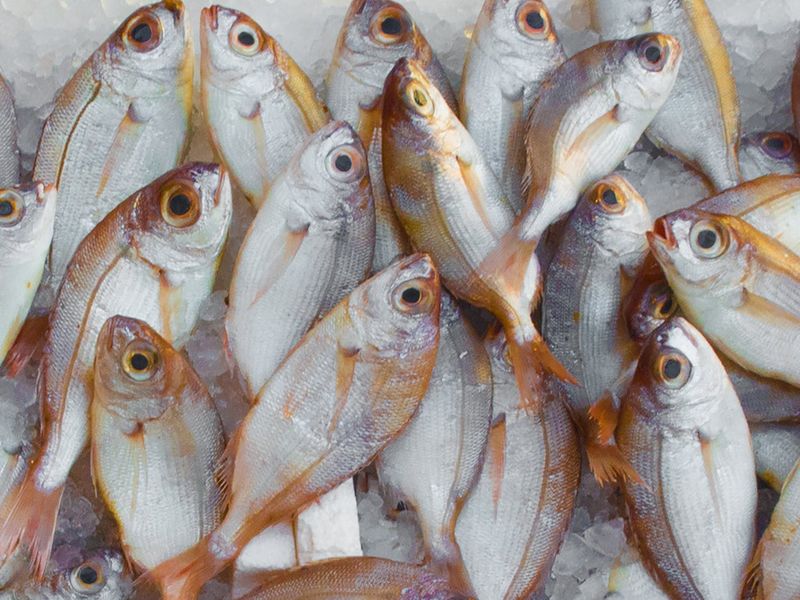
Latest per-kilogram prices of every fish variant available in the market:
As of May 23, among fish variants, Seabass costs Dh36.9 per kilogram and Hamour was priced at Dh26.9. On the other hand, Kingfish was priced at Dh32.9, and Salmon was priced at Dh41.5. A kilo of SeaBream costs Dh32.9, while small-sized shrimp was currently cheaply priced at Dh29.
Latest per-kilogram prices of every variant of beef and lamb available in the market:
The price of beef and lamb, be it variants from Australia, India, Pakistan was priced as follows, as of Sunday.
Among different varieties of beef, the variant from Australia cost Dh39.5 per kilogram, the type from India was priced at Dh28.3 and the kind that was locally produced was Dh49. On the other hand, when it came to lamb, the Australian variant now costs Dh42.9, the breed from India was priced at Dh35, the Pakistani variety costs Dh37.7, while a kilogram of the regional variety was Dh45.2.
Latest per-kilogram prices of every variant of fruits and vegetables available in the market:
When it comes to fruits the per kilo starting price of bananas are currently priced at Dh4.8, oranges are Dh3.5 and apples cost Dh3.5. On the other hand, prices pertaining to vegetables include - regional tomatoes costing Dh3.4, red onions at Dh2, potatoes at Dh2 and lettuce at Dh5. Also, the price of a kilogram of lemon is Dh4.5, while lime costs Dh4.7.




